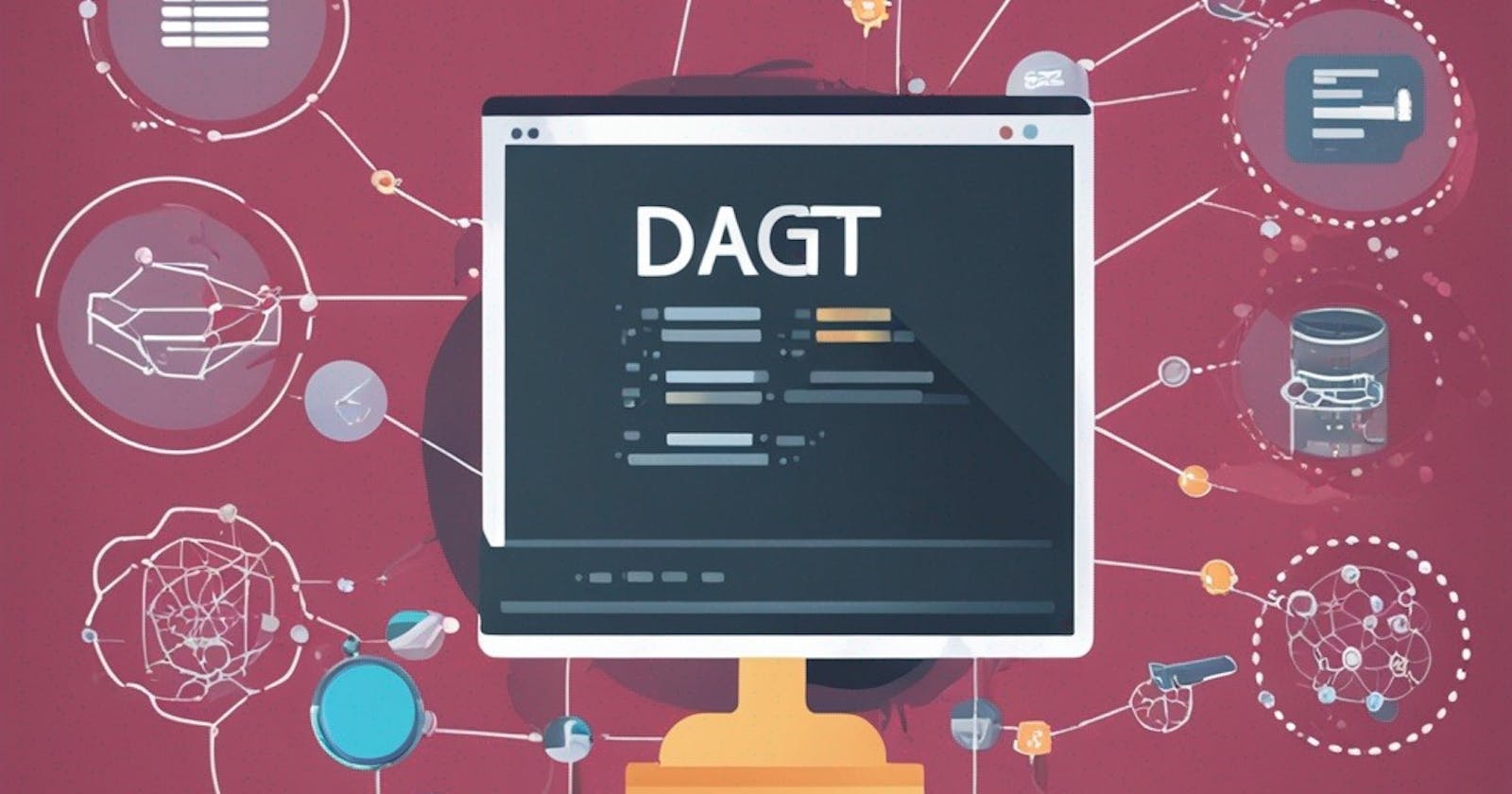Navigating the Pivot: A Personal Journey from Data Analytics to Data Engineering.
Introduction
In the fast-paced realm of data science, adaptability is key to career growth. This essay explores my journey from data analytics to data engineering, highlighting the steps taken to successfully make this pivot. By sharing my experience, I hope to inspire others seeking a similar transition and provide a roadmap for those considering a move from data analytics to data engineering.
The Catalyst for Change
"My journey began in data analytics, where I honed my skills in extracting insights from structured and unstructured data. While analytics was intellectually stimulating, I found myself increasingly drawn to the infrastructure and architecture that powered the data pipelines. The desire to play a more instrumental role in shaping data workflows and handling larger datasets became the catalyst for my pivot to data engineering."
Self-Reflection and Skill Assessment
Before making the transition, it was crucial to assess my existing skills and identify the gaps that needed to be filled. Data engineering requires a strong foundation in programming, databases, and distributed systems. Through self-reflection, I recognized the need to enhance my coding skills, delve deeper into database management, and familiarize myself with big data technologies.
Continuous Learning
To bridge the skill gap, I embarked on a journey of continuous learning. Online courses, workshops, and tutorials became my companions. I dedicated time to mastering programming languages such as Python and Java, understanding the intricacies of SQL, and exploring tools like Apache Spark and Hadoop. This phase of self-directed learning was pivotal in laying the groundwork for my transition.
Building Practical Experience
Theory alone is insufficient in the world of data engineering. I sought opportunities to apply my newly acquired skills through personal projects and collaborations. Building data pipelines, designing databases, and implementing ETL processes became the cornerstone of my practical experience. This hands-on approach not only solidified my understanding but also provided tangible examples to showcase to potential employers.
Networking and Mentorship
Recognizing the importance of networking, I actively engaged with professionals in the data engineering community. Attending meetups, participating in online forums, and seeking mentorship from experienced data engineers proved invaluable. The insights gained from these interactions not only broadened my perspective but also opened doors to opportunities that may have otherwise been overlooked.
Crafting a Compelling Narrative
As I prepared to make the switch, I invested time in crafting a compelling narrative that highlighted the synergies between my data analytics background and the skills I had acquired in data engineering. Emphasizing how my analytical mindset and understanding of data patterns complemented the technical aspects of data engineering helped me articulate a clear and convincing story.
Conclusion
My journey from data analytics to data engineering was a transformative experience that underscored the power of adaptability and continuous learning. For those considering a similar pivot, the key lies in self-reflection, dedicated learning, hands-on experience, networking, and crafting a narrative that bridges the gap between past experiences and future aspirations. With determination and a strategic approach, anyone can successfully navigate this transition, unlocking new opportunities in the dynamic field of data engineering.

